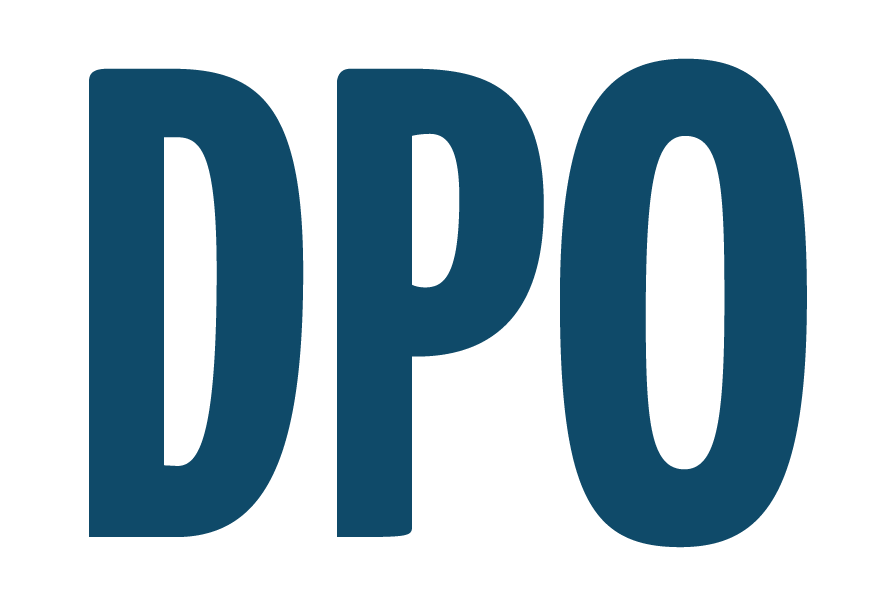Requisition Order and Purchase Order
- Bogdan Büchner

- Jun 12, 2015
- 3 min read
Requisition Orders and Purchase Orders are two very different documents. Because of the similarity in their names, the terms are frequently misused or referred to as if they have the same meaning.
Overview of Requisition Orders
Employees use requisition orders to request supplies and services on behalf of their firm. They may seek procurement for general supplies, subcontractor work, consignment work, stock transfers or outside services. Subcontractor requisition orders may also include material and equipment costs for specified projects. Service requisition orders may contain similar provisions to a service level agreement but with less detail. This type of agreement may, or may not, override current service agreements, which is why a purchase agreement must pass through a firm’s legal department before approval.
Firms use requisition orders to notify individuals responsible for company financial decisions — normally department heads and project managers with purchasing authority — an authorized employee is requesting a purchase. Financially accountable personnel also use the document to coordinate expense reporting with the company accounting department. A purchase requisition authorizes the purchasing department to issue a purchase order to a vendor.
Traditionally, the purchasing department has no power to issue purchase orders until a purchasing authority submits a requisition order. In addition, the requisition order documents a purchase approval before executing the purchase from a third-party. Requisition orders require specific information and completing the document is not a simple process because gathering the required information is sometimes difficult. For this reason, this part of obtaining needed products or services is frequently, and unnecessarily, hindered.
In addition to recording what an individual is requesting and how much expense the company will incur, requisition order applicants must also outline what departmental budget to charge the expense against. For substantial acquisitions, the petitioner must communicate exactly how the firm will benefit. This information assists authorized executives with the approval process and reduces the communication required to approve a purchase. Also, depending on company policy, the requisition order requires review and approval coordinated between a firm’s procurement and legal departments. Coordinating these individual and departmental approvals can be time-consuming.
Overview of Purchase Orders
A purchase order is less involved and is only generated once a requisition order has completed the approval process. Firms use purchase orders to document purchase details, then issue the order to outside vendors. With best practice accounting standards in place, the procurement department is the only authorized issuer of purchase orders.
Once a vendor accepts a purchase order, the document is a binding commitment for both parties, which is why purchase orders contain this depth of information. Purchase orders are even more important when the firm and the vendor do not have a prearranged contract. Using purchase orders as the sole basis for contractual arrangements is advised. Firms should a use full service agreement when dealing with outside entities; however, firms frequently make unplanned, spontaneous purchases with only the PO backer to document the terms of a purchase agreement.
Managing Requisition and Purchase Orders
As technology permeates the business place, the purchasing process is moving towards e-Procurement — a digital procurement system that reduces or eliminates printed documentation. Most firms with procurement departments use a digital procurement process. E-Procurement systems like Digital Purchase Order provide an user interface that authorized staff can use to populate requisition orders. After an employee fills out a purchase request, the procurement system alerts the requisite in-house authorities necessary to complete the request process in a predetermined sequence as the requisition order moves through the approval process.
After a requisition order completes a firm’s approval process, the e-Procurement system notifies the procurement department, which finalizes a purchase order to issue to the intended vendor. Digital Purchase Order delivers the completed purchase order digitally and in near real-time. E-Procurement systems like that make it easier for decision makers to overview a firm’s financial history in a transparent way for interested parties — such as investors, government regulators or loan officers. In addition a digital procurement system like Digital Purchase Order simplifies the purchasing process by eliminating the need to manage physical documents and enabling purchase order applicants to follow their request progress digitally.
If you have questions, how to manage the Purchase Requisitions and Purchase Orders workflow in your company, please contact info@digitalpurchaseorder.com and we are happy to help.




